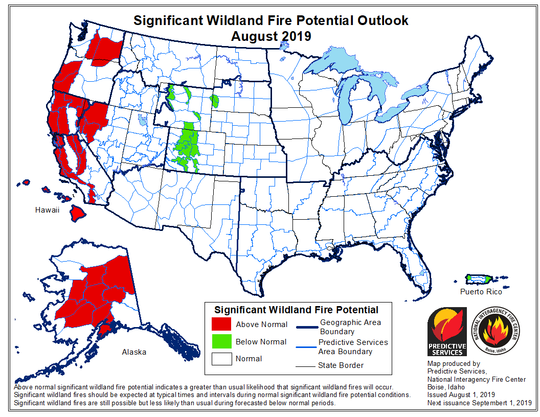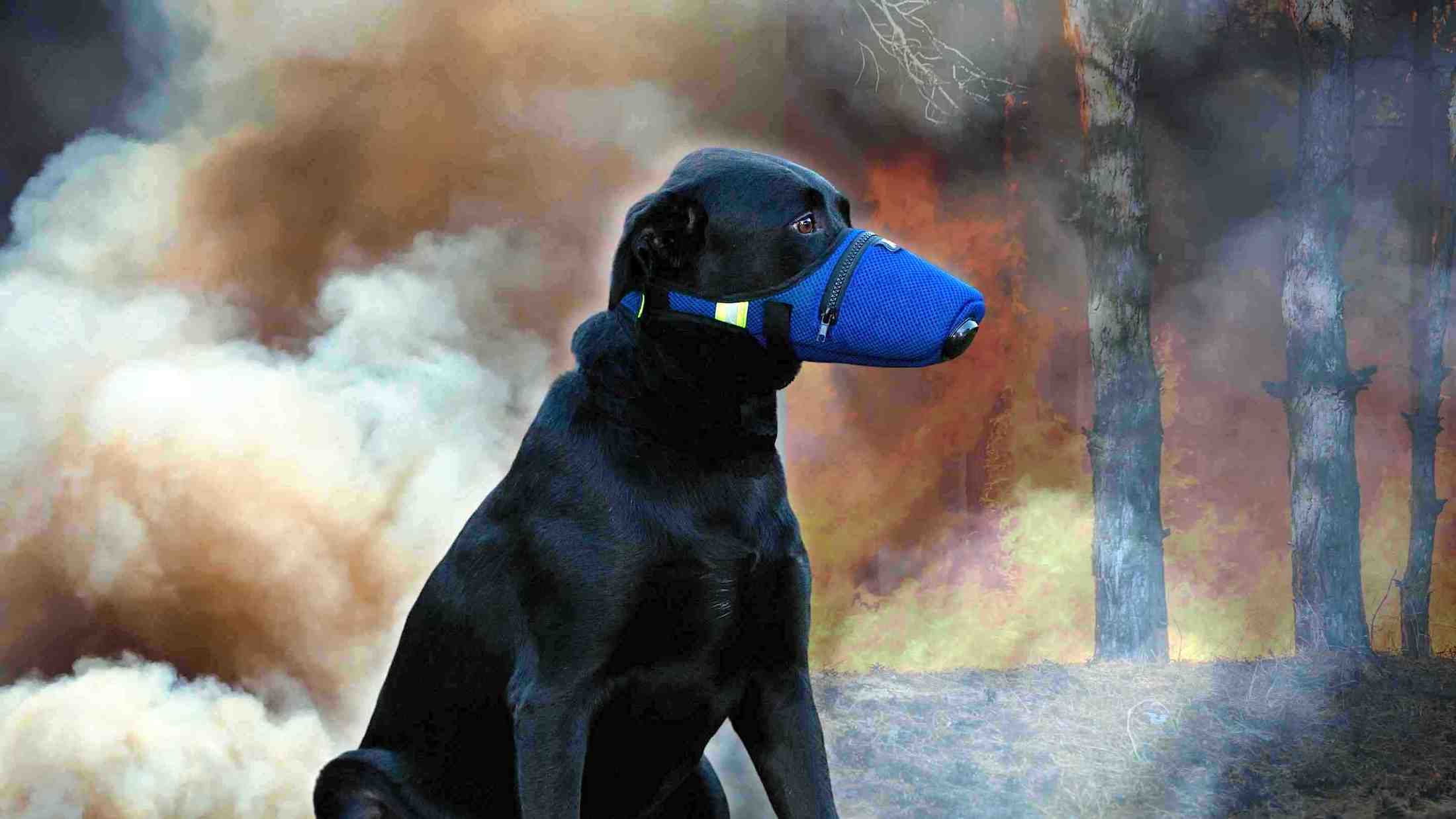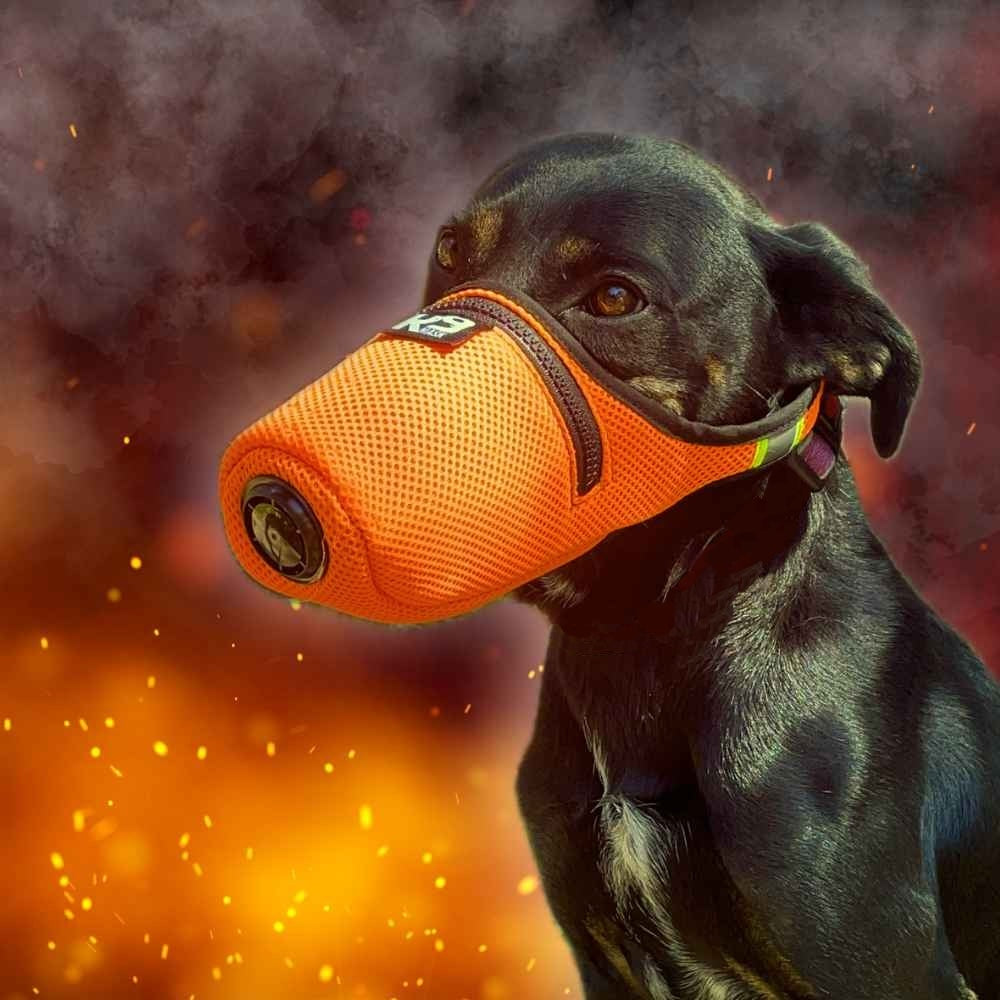California’s wildfire season is starting late this year, according to fire scientist Tom Rolinski, who monitors fuel conditions for Southern California Edison. But the late start is no indication of a mild fire season ahead.
“There was a slow ramp-up to fire season this year," Rolinski said. "The fuel moistures we are currently seeing are more typical of early July.” An unusually wet winter that yielded a super bloom, combined with a mild spring that kept vegetation wet, meant any fires did not consume a lot of acreage, Rolinski said. Recent above average temperatures are to blame for drying out plants, creating good fuels for wildfires.
“We’re at a breaking point now,” Rolinski said. With the use of a specialized oven in an Edison lab in Westminster, a team measures how much water is present in live plants sampled from around their service area. Rolinski told the Desert Sun the average last week had dipped to roughly 80 percent, the threshold at which it becomes more susceptible for combustion.
Fire season does not have a fixed calendar date, depending instead on a combination of weather factors. While it generally starts in mid-May and lasts until mid-November, the amount of rain in the preceding and following seasons changes its span year to year. The National Interagency Fire Center, which helps to coordinate fire resources across the country, calculates a Fire Potential Product to estimate the severity of fire hazard conditions, an index used by a variety of agencies including Cal Fire.

Last week, the NIFC elevated its national preparedness level from two to three out of a maximum of five, partially because of elevated Fire Potential Product levels. Of the 117 incidents recorded by Cal Fire that have burned 43,362 acres across the state this year to date, 39 have been large, slightly below the 10-year average.
Rolinski also pointed out that the first fire large enough to merit the deployment of an incident management team occurred in the last week of July this year, in Los Padres National Forest. Last year, that happened nearly a month earlier.
Of the 87 large wildland fires currently burning across the U.S., two of those are in California, both in Los Padres National Forest in Santa Barbara and Monterey counties. According to NIFC’s National Wildland Fire Potential Outlook published last week, the month of August will see the largest geographic area under high wildfire potential risk at any given time this year in the United States, mostly concentrated across California, the Pacific Northwest, Alaska and Hawaii.











